"Protecting your hearing is surprisingly simple. Turn the volume down, wear ear protection in loud places, and don’t ignore the signs. A few small habits can make a lifelong difference."
Dr. Cheng, Audiologist at Eara
Our ears do so much more than help us hear. They help us stay balanced, navigate the world, and connect with the people around us. Yet, they’re often overlooked when it comes to everyday self-care routines.
Proper ear care isn’t complicated. In fact, with just a few mindful habits: keeping your ears clean (but not with Q-tips!), avoiding prolonged exposure to loud sounds, and paying attention to changes in your hearing. You can protect your ears and preserve your overall well-being.
Avoid Loud Places

Exposure to loud noise is one of the most common and preventable causes of hearing loss. Sounds above 85 decibels (dB) can start to harm your hearing, especially with prolonged exposure. According to OSHA guidelines, at 85 dB, the maximum safe exposure time is 8 hours. For every 5 dB increase, that time is reduced by half. This means that at 100 dB, just 15 minutes of exposure can be harmful. In industrial settings, 140 dB is considered the maximum sound level.
To stay aware of noise levels around you, tools like the NIOSH Sound Level Meter (SLM) app can help. It’s a free resource that measures workplace noise, helping you identify when sound levels become hazardous.
Wear Hearing Protection
Whether you're at work or using loud tools at home, it’s important to wear proper hearing protection when noise levels get high. While it's common to see personal protective equipment(PPE) such as earplugs or earmuffs on construction sites, factories, or airports, everyday activities can also expose us to harmful sound levels.
Attending a concert, cheering in a stadium, using a lawn mower, leaf blower, or hair dryer, are all situations where hearing protection is just as valuable. A helpful rule of thumb: if you need to shout to be heard by someone at arm’s length, it’s probably too loud. If you’re unsure, the NIOSH Sound Level Meter (SLM) app can give you a clear reading of the noise level around you.
Use a facial tissue to clean your ears
For routine cleaning, use facial tissue to wipe your outer ear with your finger gently. There’s no need to go digging deeper.
Do not use Q-tips. Rather than removing wax they often push it further in, increasing the risk of wax impaction, which can lead to muffled hearing, discomfort, or even infection.
Your ears are naturally self-cleaning. Earwax helps by trapping dust and small particles that might otherwise reach the middle ear. It also acts as a natural lubricant, preventing dry or itchy ears. In most cases, the ear gradually moves old wax outward, where it can be easily wiped away.
Keep the Volume in Check
Whether you're watching TV or listening through headphones, keeping the volume at a safe level is one of the simplest ways to protect your hearing.
If others frequently comment that your TV is too loud, it might be an early sign that your hearing sensitivity is changing. And if people nearby can hear sound coming from your headphones or earbuds, it’s a clear signal that the volume is too high.
A good habit is to take regular breaks from headset use, especially during long listening sessions. Most modern devices now come with volume and exposure warnings. If your phone or music player notifies you that the sound is too loud, it’s worth listening to those alerts.
Address Your Allergies
Allergies that affect your sinuses can also impact your ears, especially when inflammation blocks the Eustachian tube, which connects the middle ear to the back of the throat. When this happens, fluid builds up behind the eardrum (known as serous otitis media), leading to muffled hearing, pressure, and ear infections. If these issues persist or are severe, the chronic presence of fluid and inflammation can damage the middle ear structures. Leading to recurring infections or, in rare cases, permanent conductive hearing loss. Treating allergies with antihistamines or nasal corticosteroids, staying hydrated, and using saline nasal sprays helps reduce inflammation and improve drainage.
Signs of Hearing Loss
Hearing loss often develops gradually, making it easy to overlook in its early stages. One common early sign is a ringing or buzzing in the ears (tinnitus), especially after exposure to loud sounds like concerts or fireworks. You might also notice muffled hearing or a sensation that your ears feel “blocked” after being in a noisy environment, this can signal that your ears were exposed to harmful noise levels.
Other signs include frequently asking others to repeat themselves, increasing the TV or radio volume higher than others find comfortable, and struggling to follow conversations in noisy settings. Some people may also begin to miss certain sound frequencies, making it harder to hear higher-pitched voices or consonants like “s” and “th,” which are crucial for speech clarity. If you’re noticing any of these signs, getting your hearing checked is a smart step, early detection can help you protect and preserve your hearing for the long term.
Taking care of our ears is a simple but often overlooked part of overall wellness. From protecting them in noisy environments to respecting their natural cleaning process, small daily choices can go a long way in preserving your hearing. While hearing loss may seem like something that only affects older adults or those in loud professions, the truth is that anyone can be at risk without proper care. By staying mindful and proactive, you’re investing in your long-term quality of life. If something feels off, don’t hesitate to seek professional advice.






















